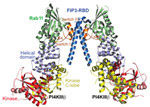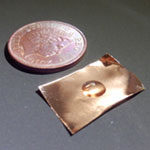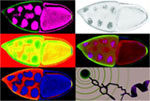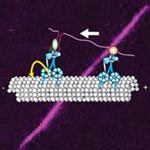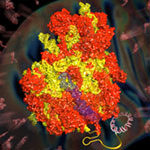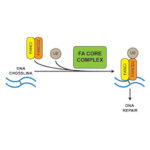
Research carried out by Eeson Rajendra from Lori Passmore’s group in the LMB’s Structural Studies Division, in close collaboration with KJ Patel from the LMB’s PNAC Division, has brought together LMB expertise in protein biochemistry and genetics to study the disease Fanconi Anaemia (FA). For the first time, they have isolated the intact FA core complex, and demonstrated which subunits are essential for monoubiquitination of FANCD2, which initiates the repair of damaged DNA in cells.
